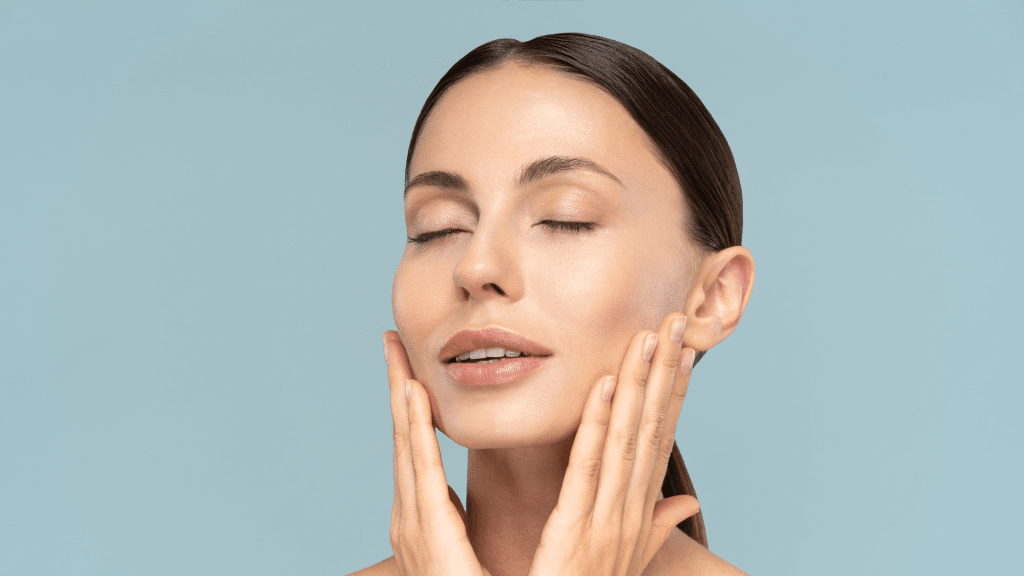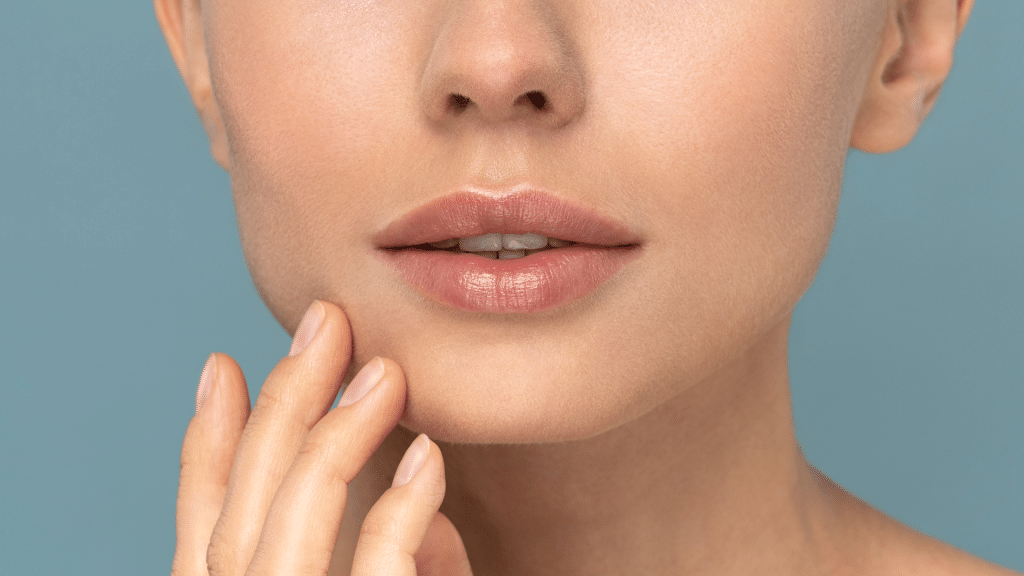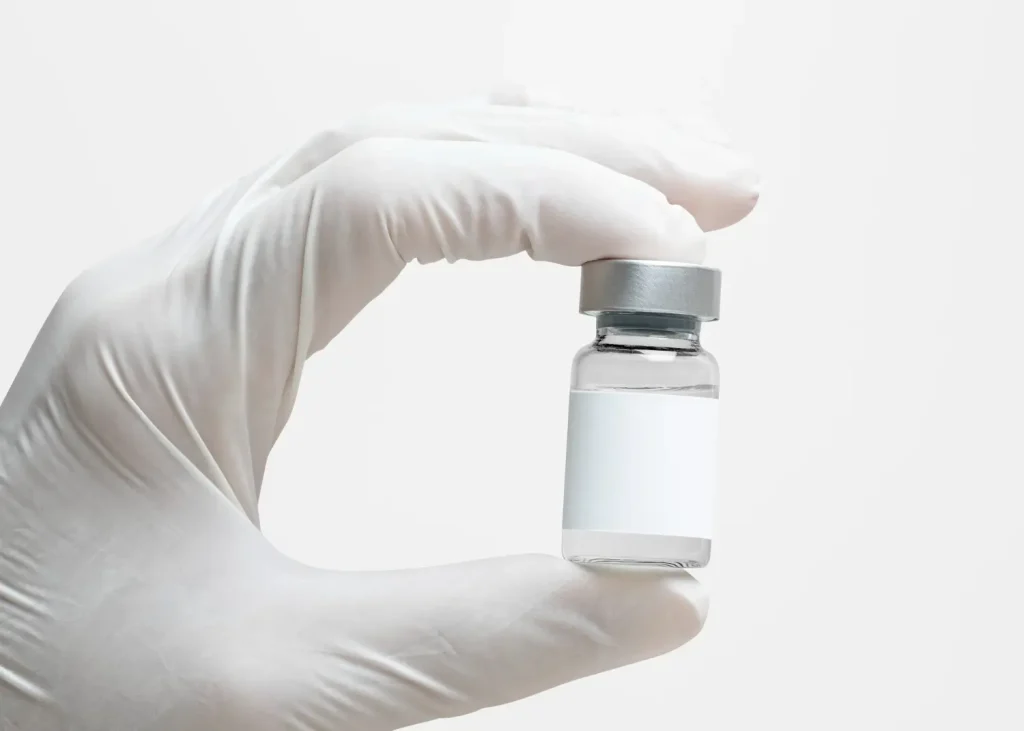According to the American Academy of Facial Plastic and Reconstructive Surgery (AAFPRS), facelifts and non-invasive treatments continue to surge in demand. Two stand out among the arsenal of dermal fillers: Juvederm and Sculptra.
Juvederm, a hyaluronic acid-based gel, replenishes volume and hydration. HA naturally occurs in the skin, but its levels decline with age. Sculptra, not a traditional “filler,” stimulates collagen production.
This article will explore the efficacy, longevity, and patient satisfaction associated with Juvederm and Sculptra. Understanding these options empowers informed decisions, whether considering a quick fix or a gradual transformation.
Key Takeaways
- Juvederm and Sculptra are both popular dermal fillers used for facial rejuvenation.
- Juvederm is a hyaluronic acid-based filler, while Sculptra is composed of poly-L-lactic acid.
- Both products have different treatment protocols, longevity, and ideal patient demographics.
- Understanding the composition, mechanism of action, and patient outcomes is crucial for medical professionals to make informed decisions for their patients.
About: Medical Spa RX provides premium products at the best prices for medical practices. If you’re looking to buy Juvederm for your practice, the sales representatives at Medical Spa RX can guide you.
Understanding Juvederm and Sculptra

Juvederm is made of hyaluronic acid, a natural substance in our body. This filler helps add volume to the skin and reduces wrinkles. It also has lidocaine, making treatments more comfortable.
On the other hand, Sculptra works differently. Its main ingredient is poly-L-lactic acid (PLLA), a synthetic material that triggers our body to make more collagen. Over time, this boosts skin volume and brings back youthfulness.
Both injectables offer unique ways to improve appearance. Juvederm provides immediate results by filling spaces where the skin needs more volume. Sculptra takes a bit longer but creates lasting changes by helping the body build its natural support structure within the skin.
Efficacy and Patient Outcomes

Clinical studies have clearly shown how Juvederm and Sculptra work for patients. For instance, Juvéderm® XC proves effective in reducing facial wrinkles and folds. This is big news for those looking to refresh their look with minimal fuss. Research shows that HA dermal fillers’ safety and effectiveness profiles, like Juvéderm® XC, match up closely. They are similar across the board, offering a dependable option for facial rejuvenation.
On the other hand, Sculptra stands out with its poly-L-lactic acid base. Studies compare its efficacy to Juvéderm’s, sparking interest in how these two powerhouses perform side by side in cosmetic dermatology.
| Aspect | Juvederm | Sculptra |
| Composition | HA-based (Hyaluronic Acid) | Poly-L-lactic acid |
| Longevity | Superior longevity compared to bovine collagen fillers; depending on the product in the Juvederm line, results can last from 6 months to 2 years. | Results may last up to two years, providing a longer-term solution for patients. |
| Maintenance | Follow-up treatments may be necessary for optimal results and to maintain the desired effect over time. | It may require fewer follow-up treatments due to its longer-lasting formula. |
| Safety Profile | HA-based fillers like Juvederm are generally associated with a strong safety profile and minimal adverse reactions. | It is well tolerated by most patients, though there is a risk of side effects as with any injectable. |
| Patient Satisfaction | High, due to its immediate results and the ability to adjust the volume over time. | High, mainly because of its long-term anti-aging effects and gradual improvement in skin quality. |
Ideal Patient Demographics and Considerations

Patients aged 30 to 50 often look for ways to keep their skin looking young. They want treatments that fit their skin type and fix their concerns, like wrinkles or loss of volume.
Here’s a breakdown of the critical steps:
- The initial evaluation thoroughly discusses the patient’s medical history and aesthetic goals. Juvederm products are diverse, some doctors even recommend Juvederm for marionette lines. This conversation helps identify any health issues that might affect treatment results.
- Assessing patient suitability involves thoroughly examining skin type, age, and specific concerns. This step determines which product fits best.
- Discussion about expectations is crucial. Doctors explain realistic outcomes to make sure patients know what results to anticipate.
- Evaluating patient demographics is essential, too. Different age groups may have varying needs for facial volume enhancement.
- Consultation includes discussing potential side effects and their frequency. Patients learn what to expect after treatment.
Safety Profile and Adverse Reactions
Injectable fillers like Juvederm and Sculptra come with some risks. Bruising and swelling are often seen right after treatment, but these issues usually improve quickly. Sometimes, patients might see hard spots or even get an infection.
Focusing on who should or shouldn’t receive treatments like Juvederm and Sculptra is crucial. Only some people are a good fit for these procedures. Factors like age, skin type, health status, and specific concerns play a significant role in deciding if someone can safely get these fillers.
Choosing the Best Option for Your Patients
Creating treatment plans that match each patient’s unique needs is critical to excellent results with Juvederm and Sculptra. Every person’s skin and goals are different, making personalized care crucial.
- Start with a thorough assessment. Look closely at the patient’s skin type, age, and specific concerns to decide whether Juvederm, Sculptra, or both will work best.
- Listen to what the patient wants. Some people want quick results for a special event, while others prefer slow, natural improvements. This choice affects whether Juvederm or Sculptra is better for them.
- Consider how long they want results to last. Juvederm works quickly but might not last as long as Sculptra. Talk about this with patients to help them choose.
- Use personal injection techniques for each patient. Not everyone’s face is the same, so where and how you inject makes a big difference in looking natural.
- Plan for more than one treatment if needed. Getting the best outcomes sometimes means returning for touch-ups or additional treatments over time.
Conclusion
Choosing between Juvederm and Sculptra depends on your needs. If you want quick results, Juvederm is the way to go. For a longer-lasting change, Sculptra is the way to go. Both fillers bring something special with solid safety records and happy patients singing praises. The best part? You can pick one over the other with help.
A chat with a skilled professional can guide you to the right choice for your unique face. So, whether you’re after a quick refresh or deep rejuvenation, there’s a solution that fits just right.
FAQs
1. What’s the main difference between Juvederm and Sculptra?
Juvederm fills in wrinkles immediately, while Sculptra helps your skin make more collagen over time.
2. How long does it take to see results from Juvederm and Sculptra?
You’ll see Juvederm results immediately, but for Sculptra, you must wait a few weeks to notice changes.
3. Which lasts longer, Juvederm or Sculptra?
Sculptra wins here; its effects can last up to two years, while Juvederm usually lasts about 6-12 months.
4. Are there any side effects with Juvederm or Sculptra?
Yes, both can cause side effects like swelling or bruising at the injection site, but these usually go away quickly.
5. Can anyone get Juvederm or Sculptra treatments?
Most adults are good candidates but talk with a professional first to ensure it’s safe for you based on your health and skin type.
References
American Academy of Facial Plastic and Reconstructive Surgery. (2024, February 1). AAFPRS predicts 2024 to be the year of generative AI, rejuvenation, and revitalization. Retrieved from https://www.aafprs.org/Media/Press_Releases/2024_02_01_PressRelease.aspx
Bogdan Allemann, I., & Baumann, L. (2008). Hyaluronic acid gel (Juvéderm) preparations in treating facial wrinkles and folds. Clinical interventions in aging, 3(4), 629–634. https://doi.org/10.2147/cia.s3118
Kaufman, M. R., Bradley, J. P., Dickinson, B., Heller, J. B., Slezak, S., & Longaker, M. T. (2008). The role of injectable fillers in facial reconstructive surgery. Aesthetic Surgery Journal, 28(3), 335-343. https://doi.org/10.1016/j.asj.2008.04.003





















